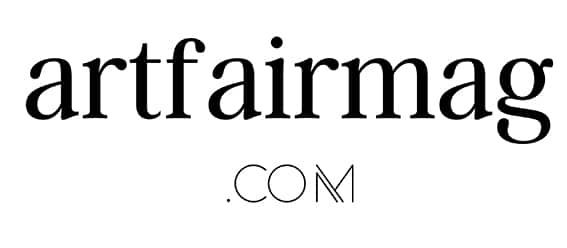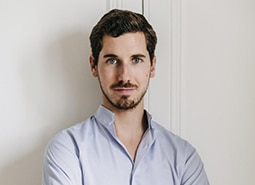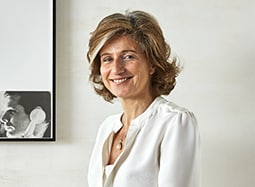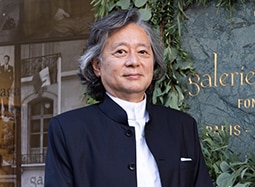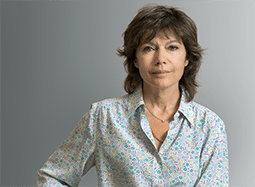Axel Vervoordt Gallery
The Axel Vervoordt Company was born the day the passionate and aesthete Axel Vervoordt, then 21 years old, has bought 11 ruined medieval houses in the center of Antwerp in order to save them from demolition. Since then, it has always been a family-led art and antiques business. Axel works with his wife May and his two sons Boris and Dick. Together they pursue the same goal: to create a dialogue between the past, the present and the future. Today, all the company’s activities are concentrated in the Kanaal, an industrial site near Antwerp, in order to stay focused and gain in efficiency. As a proof of its success and continuous development, the Axel Vervoordt Company is supported by a team of about 100 employees.
Axel Vervoordt Gallery
The Axel Vervoordt Company was born the day the passionate and aesthete Axel Vervoordt, then 21 years old, has bought 11 ruined medieval houses in the center of Antwerp in order to save them from demolition. Since then, it has always been a family-led art and antiques business. Axel works with his wife May and his two sons Boris and Dick. Together they pursue the same goal: to create a dialogue between the past, the present and the future. Today, all the company’s activities are concentrated in the Kanaal, an industrial site near Antwerp, in order to stay focused and gain in efficiency. As a proof of its success and continuous development, the Axel Vervoordt Company is supported by a team of about 100 employees.
Contemporary Art & Design
Kanaal
Stokerijstraat 19
2110 Wijnegem, Belgium
+32 (0) 3 355 33 00
21F, Coda Designer Centre
62, Wong Chuk Hang Road
Entrance via Yip Fat Street
Hong Kong
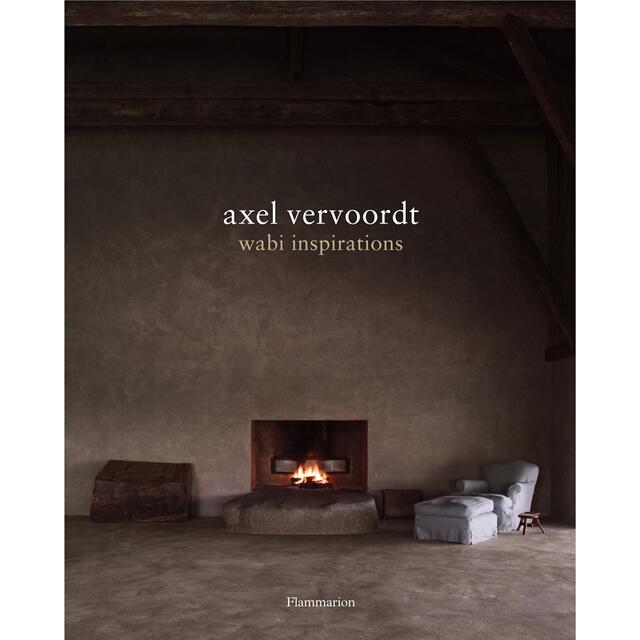
Wabi Inspirations
Axel Vervoordt
November 2010, Flammarion
256 pages
All our Interviews

Read all our exclusive interviews with antique, modern, contemporary & primitive art dealers.

Interview with Axel Vervoordt ~ Director
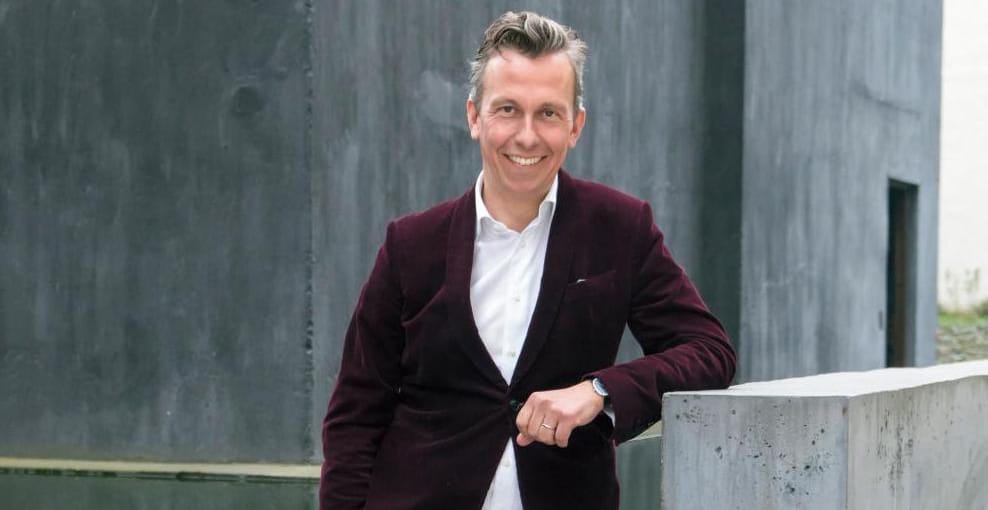
Boris Vervoordt, photograph by Thomas Mayer. Courtesy Axel Vervoordt Gallery
Interview by Pauline Loeb-Obrenan, founder of artfairmag.
While the father concentrates on mentorship within the company, his sons manage the day-to-day business. . The company’s antiquaire division offers a unique collection of archaeological objects and sculptures, 18th-19th century furniture and design pieces. Boris sources the works and supervises the interior design projects. He is in charge of the Axel Vervoordt Gallery, which he founded in 2011, a contemporary art gallery with locations in Antwerp and Hong Kong.
artfairmag: Boris, you joined the family business at the age of 22 and you became director of the Axel Vervoordt Gallery in 2011. Did you always know that you would work in the firm?
Boris Vervoordt: Growing up with the parents that I’m fortunate to have, and in the homes where we lived throughout my youth, art and life were inseparable; they were one and the same. We lived in old homes in historic locations, and my parents loved to work (and still do). Some of my earliest memories, around the age of six, are conversations that I had with artists and collectors who were friends with my parents. Even if I say that I may have not always known that I would work in the family business, in a way, what I can say is that I lived in a world with great respect for the past. When that happens, you’re always conscious of time – past, present, and future. For me, of course, accepting, desiring, and possessing the ambition to join the company meant embracing my DNA. But I knew I wanted to grow what was already built. I’ve always been attracted to the creative process – to evolution, to what’s new – and that’s what continues to make my role so exciting and interesting.
artfairmag: You like to say that art shouldn’t be a commodity and that you don’t like the concept of a gallery as a shop. So what would you say is the DNA of Axel Vervoordt Gallery?
B. V.: First and foremost, our gallery exists because I aimed to create a singular platform for the artist. We wanted the gallery to be there as a tool so that artists could create and spread their work and ways of seeing the world. This is built into the gallery’s DNA as a foundation. The connecting tissue that every artist shares is a creative urge to inspire positive change in the world we live in. They do this by creating art – a non-violent act that makes space for a better world.
artfairmag: In the collective imagination, art galleries are synonymous with opulence and wealth. Axel Vervoordt, on the other hand, has given its letters of nobility to the “Wabi Spirit”. Can you tell us a little about this concept from Japan, about which your father wrote a book?
B. V.: My father, Axel, and his collaborator, architect Tatsuro Miki, wrote a book called, Wabi Inspirations, which was about their very specific interpretations of the timeless spirit of Japanese wabi-sabi. The book defines its philosophy and principles well through text and images, but what I can elaborate is that the wabi spirit is about the beauty of imperfection. Just like nature, wabi is primarily about respect. There are no accidents. Only acceptance. In my role, I can say that there are aspects of wabi in what we do, but not at all in the entirety. Some artists can be viewed through that lens, but other artists not at all. This question reminds me though that one trait that all our artists share is a profound respect for materials. This is something I admire.
“Although the gallery formally started in 2011, we have more than five decades of working with artists, artworks, and collectors.”
artfairmag: Your customer profile seems to be very diverse. What is your relationship with collectors? How do they come to the gallery? By already knowing the artist or artworks you exhibit, by loyalty to the gallery, by curiosity?
B. V.: I’m in a fortunate position in some ways because the company my father founded in 1969 still exists today. Although the gallery formally started in 2011, we have more than five decades of working with artists, artworks, and collectors. So, the Vervoordt story includes many years of meeting collectors all over the world through exhibitions, group shows, and fairs. I’ve loved hearing stories all of my life about people’s first interactions with our company via stands or specific artworks that are embedded in their memory. Art has that power. To answer your question: Like many galleries, we built relationships around the world. This includes institutions and curators, as well. I’ve been very lucky to have also had privileged relationships where we help curate art collections with clients, and this includes many artists, not only the ones from our roster. I hope it’s a combination of all of the above: curiosity, knowledge, experience, reputation, or even chance.
artfairmag: Axel Vervoordt Gallery participates in several art fairs for many years. Your stand is always very theatrical, sometimes even dramatic, with artworks emerging from the darkness. Who decides on the scenography? Do you adapt to the fair and the type of visitors?
B. V.: Technically, to be precise, the more dramatic stands are done by the section of the Axel Vervoordt Company that specializes in the antiquaire realm. We’ve always embraced the art of all periods and geographies, because we’ve believed that all art has been contemporary. Upholding the vision of every artist means that we are not limited by time. At those fairs, we help educate the public by sharing a passion for context and history. But for the Axel Vervoordt Gallery specifically, the stands at contemporary art fairs are platforms for the artists, and they decide the scenography themselves.
artfairmag: Taking about art fairs, after the long hiatus caused by Covid-19, which forced galleries to adapt and perhaps to reinvent themselves, how do you see your relationship with fairs in the coming years?
B. V.: In the beginning of the pandemic, like many artists and dealers, I embraced the idea of change, as much as there was fear and uncertainty surrounding it. We all though there were too many in a single calendar year. We did many fairs, and it was a welcome surprise to take a step back. Now that they are slowly restarting, I enjoy them again as it is a chance for people to have a visceral, live connection to art. I firmly believe that the relationship with fairs should be one that is sustainable, more respectful, and more relevant. More is not always better. The essence should always be on quality and purpose.
artfairmag: Boris, I believe you are a collector yourself. What kind of pieces do you collect? Are they the same than the one the gallery presents?
B. V.: Because I’m a gallerist through and through, it means that I count many artists as friends. I live at home surrounded by art, and thus by my friends that made the work. My husband and I collect photography – it just happens to be a passion we share, and we look for works lately that incorporate social dynamics within the photographic lens of art.
artfairmag: Now, to conclude this interview, could you present us an artwork you like, that is special to you?
B. V.: I’d love to, but it’s too hard to choose just one.
More Interviews
Oscar Graf
The two Oscar Graf’s galleries are devoted to French, British and American furniture and works of art from the early-Victorian period to the beginning of World War I.
Lévy Gorvy
Co-founded in 2017 by Swiss art dealer Dominique Lévy and Brett Gorvy, Lévy-Gorvy has become on of the most highly regarded contemporary art galleries.
Galerie Taménaga
With one space in Paris and 3 spaces in Japan, Galerie Taménaga is a wonderful bridge between the two cultures since its opening in 1969.
Nathalie Obadia
With two major spaces in the heart of Paris and another in Brussels, Nathalie Obadia is committed to promote young talent alongside established artists.
